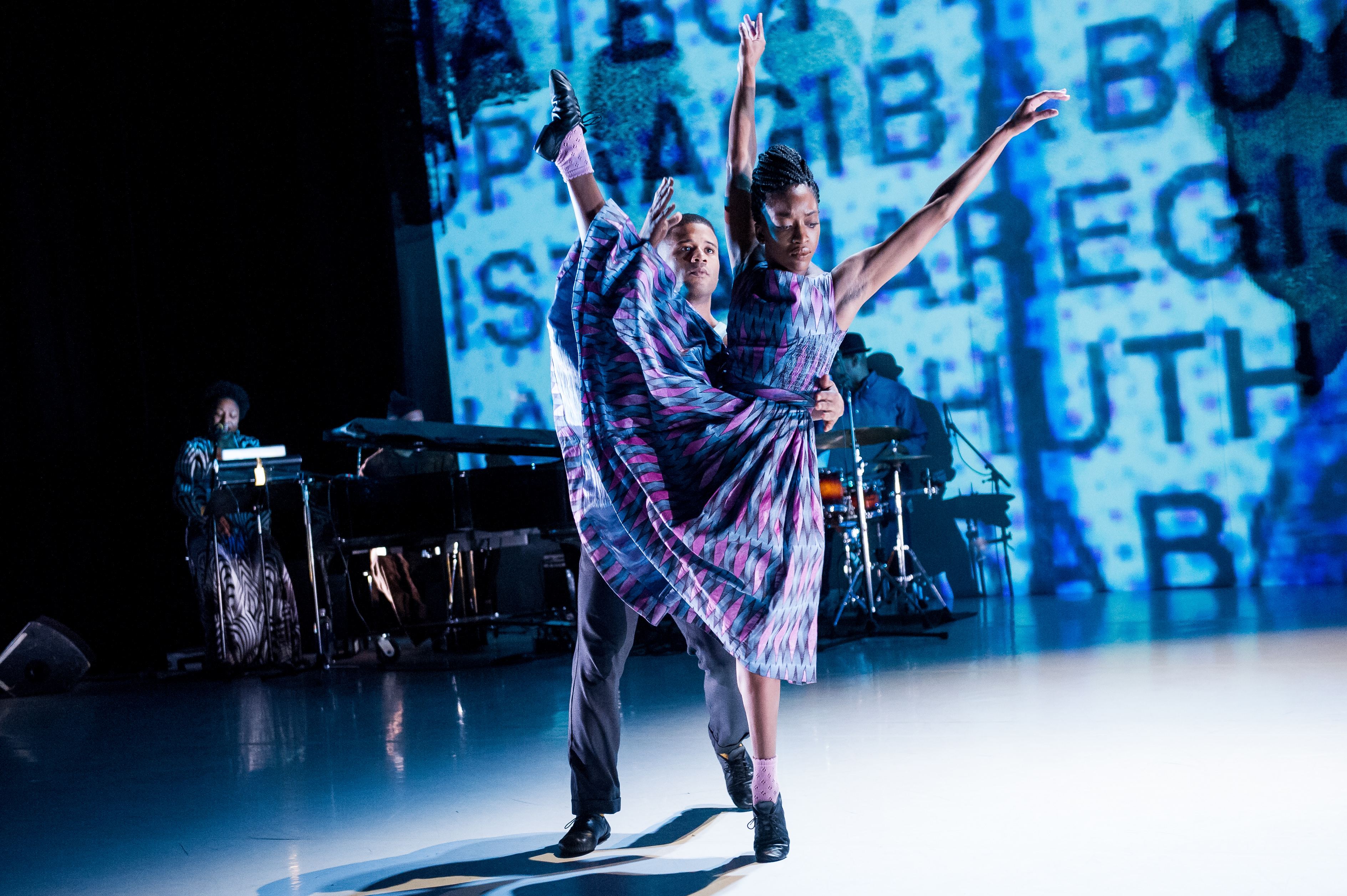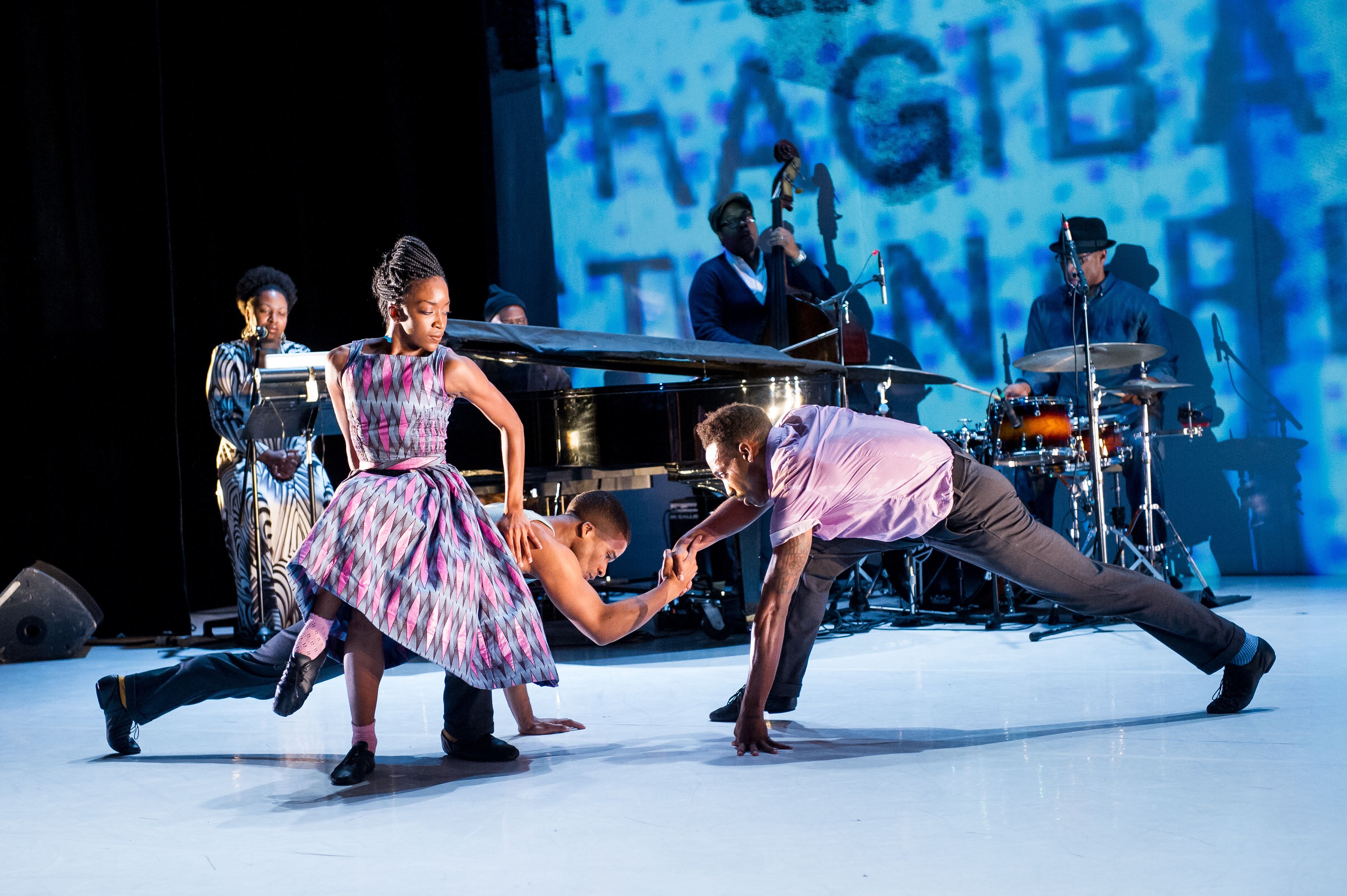Being somewhat foreign to the art-form of dance, I was in complete awe after reading the Life+Times interview with Kyle Abraham, and after watching the excerpt of “The Getting” from the dance Watershed and When the Wolves Came In. Having seen quite a few recital performances of other art-forms, I always assumed that dance would be no different. However, I found myself completely dumbfounded and wrong.
Kyle Abrahams, who choreographed the performance we are attending this Thursday night, is not only an exceptional artist, but also a purposeful one. Dance used to remind me of very boring and strict, purposeless movements—basically representing nothing. Nevertheless, Abrahams has taught me to see dance from a new angle. The purpose and passion in which he creates these dances is truly astounding. Abraham feeds off “history and a contemporary aesthetic” in a way to create a performance with endless meanings.
Seeing dance as a meaningful and worthwhile work has changed my representation and opinion on it completely. I now see that dance is much more than just a few steps and flexible movements; but rather it can be a story, a lesson, a commentary, or whatever it pleases to be.
Ultimately, though dance may have an underlying theme, I now see how an audience can interpret a dance performance for themselves. The dance itself is just presenting the information or subjects in a different form; the viewer has the supreme power to feel and interpret all that is going on in front of his or her eyes. The first thing that comes to my mind when realizing all this is how the media lacks this characteristic; and in doing so, does the complete opposite. I find that today we live in a world where every news network, magazine, website, or any publication, has its own bias and twist on things. The information may be presented, but ultimately there is some distortion or partiality. Dance defies this new trend, and creates a form of complete clarity and expression.
The excerpt of “The Getting” confirms my new appreciation for dance, and also shines a new light on the physicality and technique involved. In this specific case, I found the dancers to be completely light on their feet, and free flowing as if there was no set way of movement. Whether or not this was the actual message Kyle Abrahams was trying to portray, I found that the style and motion of the dancers symbolized freedom. Though I am almost certain that each move was strategically planned and choreographed, the entire excerpt seems as if it is totally boundless and a type of improvisation. The independence which I interpreted translated into a sense of liberty. It seems as if a dance like this is extremely prevalent today, as there is much debate and controversy across the globe over societal and individual liberties. In my opinion, Abrahams has an optimistic, or at least positive, outlook on greater freedoms, and all the rights that so many people fight for. I am excited to see what else is in store this Thursday night, and what other themes or lessons I can then walk away with.












 d not know the princess well enough to be in love with her. Loving a person requires you to love every part of them and in order to do that, you have to know every part of them. Calaf falls in love with Turandot simply based on her beauty, which makes me question if he was actually in love with her. He was willing to risk his life for a woman who not only rejected him, but whom he does not really know. Turandot, on the other hand, changes her mind about Calaf when she sees the kind of person that he is. She falls in love with him because of his good heart, rather than his looks. This could symbolize what each gender considers important in finding a partner. Men tend to focus on beauty while women base their decisions off of someone’s personality and kindness. Although this might not necessarily be true, it seems to be the case in a lot of love stories. Turandot shows us the implications of love. It might seem irrational to risk your life for another person, but it is a feeling that cannot be matched with any other. Love is the biggest motivator in life.
d not know the princess well enough to be in love with her. Loving a person requires you to love every part of them and in order to do that, you have to know every part of them. Calaf falls in love with Turandot simply based on her beauty, which makes me question if he was actually in love with her. He was willing to risk his life for a woman who not only rejected him, but whom he does not really know. Turandot, on the other hand, changes her mind about Calaf when she sees the kind of person that he is. She falls in love with him because of his good heart, rather than his looks. This could symbolize what each gender considers important in finding a partner. Men tend to focus on beauty while women base their decisions off of someone’s personality and kindness. Although this might not necessarily be true, it seems to be the case in a lot of love stories. Turandot shows us the implications of love. It might seem irrational to risk your life for another person, but it is a feeling that cannot be matched with any other. Love is the biggest motivator in life.



Recent Comments